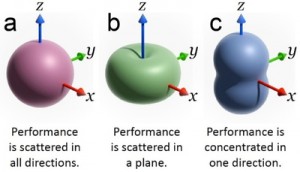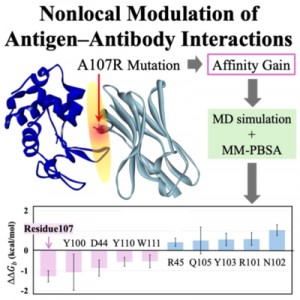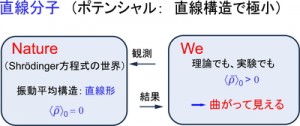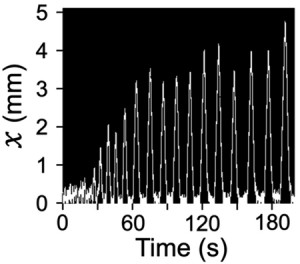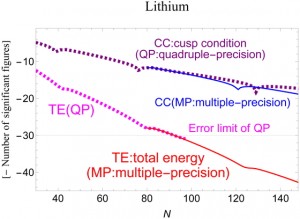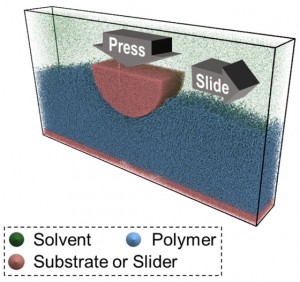[Advanced Published online Journal of Computer Chemistry, Japan, by J-STAGE]
<Title:> 零磁場分裂を考慮した軸対称スピン四重項状態における角度依存磁化の厳密解
<Author(s):> 細川 恵美, 大宮 陽斗, 藤井 翔, 金井塚 勝彦, 三橋 了爾, Muddassir Mohd, Liu Jianqiang, 﨑山 博史
<Corresponding author E-Mill:> jianqiangliu2010(at)126.com
<Abstract:> In paramagnetic materials with multiple unpaired electrons per magnetic center, even when the ground state has no first-order orbital angular momentum, structural anisotropy around the magnetic center gives rise to zero-field splitting and g-factor anisotropy, resulting in magnetic anisotropy. This paper presents an exact algebraic expression for the angle-dependent magnetization in the axially symmetric spin-quartet (S = 3/2) ground state without first-order orbital angular momentum, taking into account zero-field splitting and g-factor anisotropy. The use of this angle-dependent expression enables accurate and rapid simulations of magnetic anisotropy, particularly for powder averaging of magnetization. The study also includes simulations of anisotropic saturation magnetization curves, cross-sectional views of angle-dependent magnetization, and three-dimensional representations of magnetization. Furthermore, the powder average and arithmetic average of anisotropic magnetization have been compared, and the circumstances under which powder average calculations are necessary have been discussed.
<Keywords:>
<URL:> https://www.jstage.jst.go.jp/article/jccj/advpub/0/advpub_2025-0005/_article/-char/ja/
<Title:> 零磁場分裂を考慮した軸対称スピン四重項状態における角度依存磁化の厳密解
<Author(s):> 細川 恵美, 大宮 陽斗, 藤井 翔, 金井塚 勝彦, 三橋 了爾, Muddassir Mohd, Liu Jianqiang, 﨑山 博史
<Corresponding author E-Mill:> jianqiangliu2010(at)126.com
<Abstract:> In paramagnetic materials with multiple unpaired electrons per magnetic center, even when the ground state has no first-order orbital angular momentum, structural anisotropy around the magnetic center gives rise to zero-field splitting and g-factor anisotropy, resulting in magnetic anisotropy. This paper presents an exact algebraic expression for the angle-dependent magnetization in the axially symmetric spin-quartet (S = 3/2) ground state without first-order orbital angular momentum, taking into account zero-field splitting and g-factor anisotropy. The use of this angle-dependent expression enables accurate and rapid simulations of magnetic anisotropy, particularly for powder averaging of magnetization. The study also includes simulations of anisotropic saturation magnetization curves, cross-sectional views of angle-dependent magnetization, and three-dimensional representations of magnetization. Furthermore, the powder average and arithmetic average of anisotropic magnetization have been compared, and the circumstances under which powder average calculations are necessary have been discussed.
<Keywords:>
<URL:> https://www.jstage.jst.go.jp/article/jccj/advpub/0/advpub_2025-0005/_article/-char/ja/
